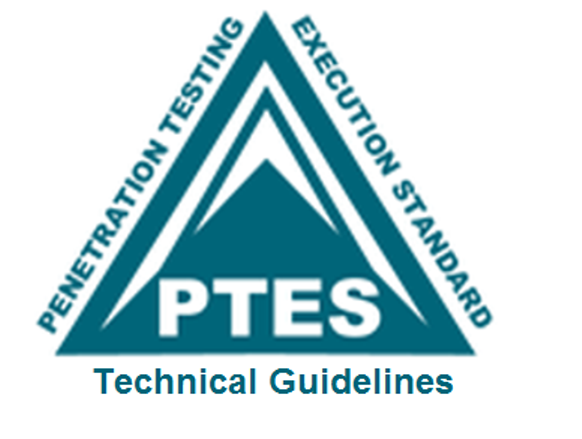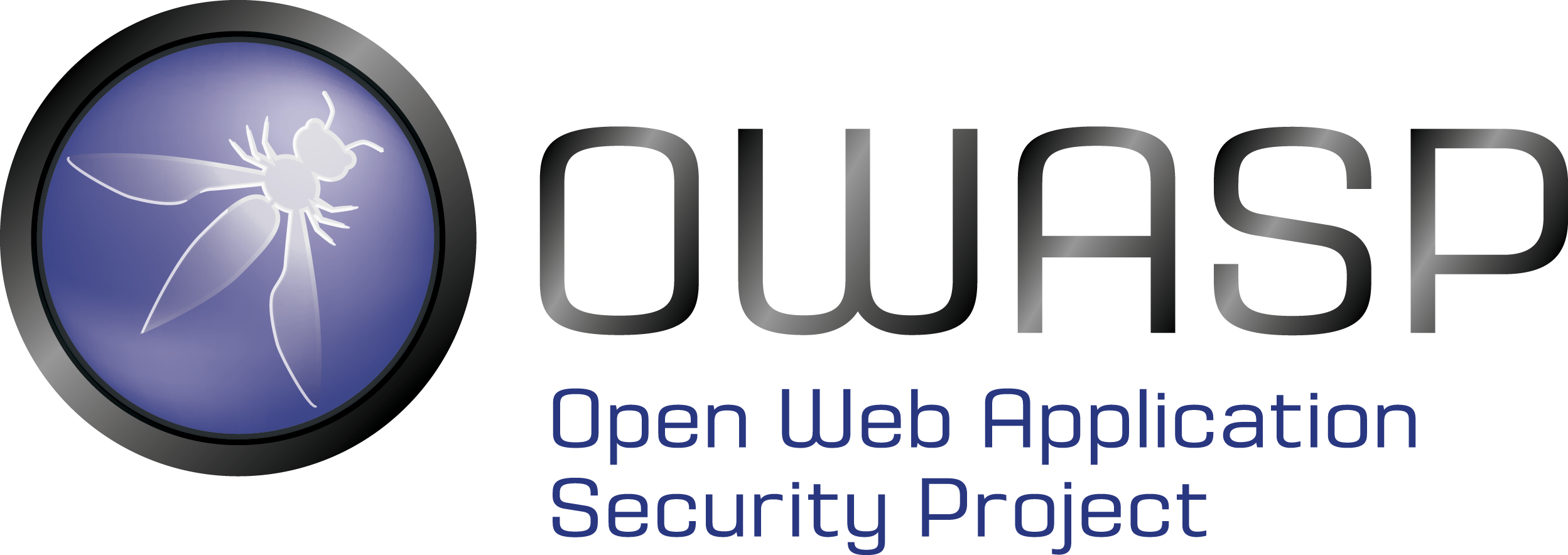Offensive Security Services
Assess Risk exposure

Proactive Security Assessment
to Keep You Ahead of Adversaries
Offensive cybersecurity helps organizations test their defenses.
By simulating real-world attack scenarios, we reveal weaknesses that malicious actors could exploit.
A strong cybersecurity posture demands an aggressive “attack” strategy that actively seeks vulnerabilities across your organization’s attack surface. This is a core tenet of Palindrome’s Symmetric Defense philosophy. We break in so that others can't.
Our Offensive Security services are built on three key elements:
Performance through experience- Palindrome’s team inherits decades of experience testing critical infrastructures for Fortune 100 organizations, Governments, and many others.
- We possess a keen understanding of attack methods, tools and techniques across a broad array of industries and technologies, including mobile applications, Cloud, 5G, V2X, Mobile Edge Computing (MEC), robotics/ARVs, and UAVs
- Service-specific platform knowledge, including healthcare, financial, gaming, and spectrum-mobility platforms.
- We focus on identifying new attack methods and vulnerabilities, developing exploitation tactics, and assessing the efficacy of emerging adversarial techniques.
- Leveraging a 3rd party team of experts to actively test your cyber-defenses is a proven way of gaining confidence in your defense posture.
- Maintaining an effective offensive security strategy helps minimize risk exposure and the costs associated with breaches. It instills confidence in your customers, investors, management, insurers and suppliers and is your best insurance policy against the costs associated with compromised operations, data theft, and reputation damage.
- A proven, long-term track record of commitment to effective operational and data security can enhance your position against competitors, and help you win business.
- A variety of disparate, real-world attack strategies and capabilities
- Testing strategies designed to challenge your defenses
- Our experience and tenacity uncovers insights into your attack surface to recognize weaknesses you may not have considered.
- Cross-industry/cross-technology expertise based on decades of experience.
Services
-
Open Source Intelligence (OSINT)
OSINT is often a primary vector to costly breaches. As companies grow, so do their requirements for information sharing both within the organization, and with external entities that support their supply chain.
Attackers leverage OSINT methods and tools to collect, evaluate and analyze publicly available information with the purpose of using that information to stage an attack. OSINT campaigns are very effective in uncovering sensitive information - financial reports, customer information, HR documents, proprietary code, API keys, network architecture diagrams - that can be leveraged by adversaries to devise effective attack vectors and gain unauthorized access to your network and assets.
Our OSINT service follows a systematic approach in gathering targeted data, organizing it into structured information, and compiling it into an intelligence product which reveals applicable attack vectors and demonstrates your organization's degree of exposure.
-
Penetration Testing
Networks come in all shapes and sizes, from wired to optical to wireless, public to private, and cryptographically to physically secured. Today’s operations and workforces require, even demand, constant connectivity, and if a connection is available, your users will try to connect. Free WiFi, public devices, BYOD, IoT/IIoT can all be flipped from convenient to criminal mechanisms in service of bad actors.
Palindrome’s experts understand the details of these technologies and attack vectors and develop test strategies to identify the weaknesses in your policies, protocols, training, and network technologies. Our analysis begins with learning your systems and then evaluates key areas, including organizational policy, network segmentation, configuration of wireless access points, protocol security, access and authorization mechanisms, channel allocation strategies, and much more.
-
Cloud Penetration Testing
Organizations have embraced the cloud and come to rely on its scalability and cost advantages while trusting the cloud vendors for the required security. However, cloud security is based on more than the provider’s cybersecurity strategies and mechanisms. Palindrome begins with a thorough analysis and understanding of your cloud-based infrastructure. Then, it uses penetration test techniques to identify the security holes that form the platform for successfully launching attacks.
-
Web Application Testing
Web application testing builds trust by evaluating security controls that protect against attacks and then devising strategies to gain unauthorized access to sensitive data or application resources, such as databases or operating systems. Malicious attacks occur because web-based applications often rely on insecure methods to track users, pass data, validate data, perform database queries, and maintain sessions. Palindrome experts perform extensive web application security analysis using industry best practices and methods, including the OWASP Web Security Testing Guide (WSTG) and OWASP API Security Project as a baseline. Our testing goes far beyond a mere "top 10" list to cover a broad array of real-world attack scenarios, including horizontal & vertical privilege escalation, as well as inflight API calls.
-
Mobile Application Testing
Mobile application testing evaluates the security controls that protect against attacks to gain unauthorized access to sensitive data or application resources such as databases or operating systems. Malicious attacks can occur because Mobile applications often rely on insecure methods to track users, pass data, validate data, perform database queries, and maintain sessions. Palindrome experts perform extensive web-application security analysis using OWASP Mobile Application Security Testing Guide (MASTG) as the baseline. This includes a broad array of checks against commonly used attack techniques, including storage access, network protocols, cryptography functions usage, secure platform API access, reverse engineering, and interface fuzzing.
-
Private 5G Penetration Testing
5G introduces unique functions to support the evolution of next generation services but it also relies on several technologies and standards which amplify the implementation complexity.
This amalgamation of complex technologies, and the multitude of interactions and interdependencies between the various architectural elements (e.g., radio-access, core network-elements, network functions and protocols) increase the level of complexity and consequently introduce new attack vectors.
Our penetration testing expertise with 5G networks is designed to emulate adversarial tactics and measure the effectiveness of your security posture using real-world scenarios.




